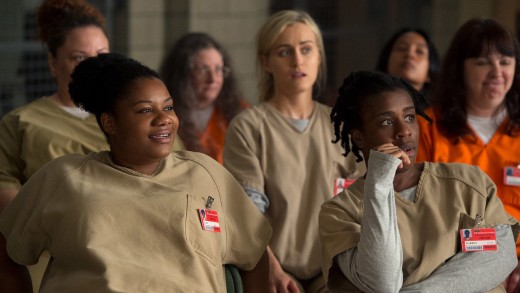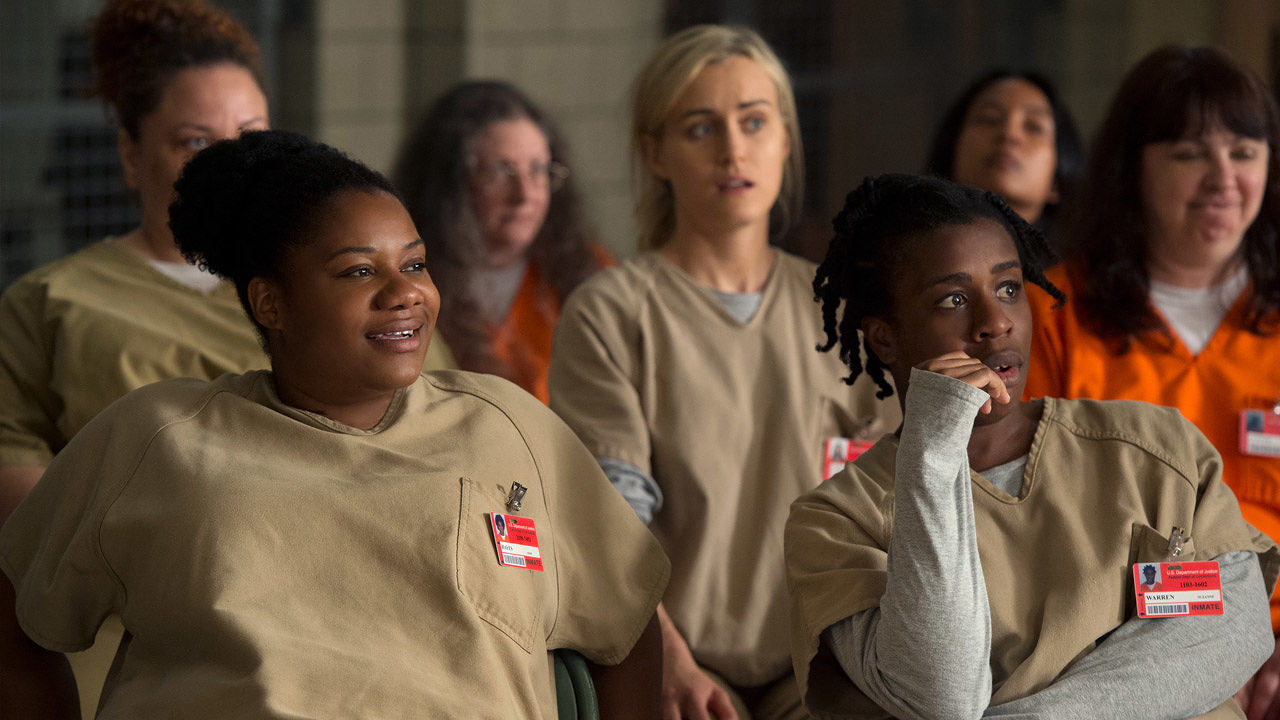regardless of On-screen variety, Streaming Media Lacks Minority Faces behind The Scenes
despite the on-reveal gender and minority diversity found in streaming media presentations and flicks, including those made through Amazon, Hulu, and Netflix, there is a lack of variety behind the scenes, consistent with a brand new learn about with the aid of USC’s Annenberg faculty for communique.
the excellent Annenberg document on diversity (CARD) study appeared on the inclusion rates of minority and genders in 109 first-run fictional films and 305 tv presentations and digital sequence that had been aired between September 1, 2014 and August 31, 2015 by means of 10 main media companies: twenty first Century Fox, CBS, Comcast NBC universal, Sony, the Walt Disney firm, Time Warner, Viacom, Amazon, Hulu, and Netflix.
The document found that while gender and minority variety is “partly” to “absolutely” unique on-screen on streaming media systems, at the back of-the-scenes diversity is missing. the cardboard find out about defined “in part inclusive” as having on-screen or in the back of-the-scenes gender and minority illustration inside 30% of the U.S. census information for that metric. “mostly inclusive” approach gender and minority representation is within 20% of the U.S. census information for that metric and “fully inclusive” approach gender and minority illustration is inside 10% of the U.S. census statistics for that metric.
Amazon, Hulu, and Netflix scored high marks for gender and minority representation on-reveal because of displays like Netflix’s Orange Is the new Black and Amazon prime’s transparent, however the streaming media corporations on a regular basis fared worse than their previous media counterparts in the case of gender and minority representation in the back of the digicam.
the card find out about discovered that most effective 20% of top executives were feminine at Amazon, Hulu, and Netflix in comparison with 22% in television and 26% in film. When it got here to non-white administrators, streaming media took 1/3 situation in variety, with 11% of directors deciding on as non-white. Cable tv had the best exhibiting with virtually 17% of directors picking out as non-white, while film came in second situation at nearly 13% of administrators settling on as non-white. the only trade that got here in at the back of streaming media was broadcast television with 9.6% of directors opting for as non-white.
when it comes to female exhibit creators, streaming media actually led the p.c. at 25% of displays created with the aid of a feminine. Broadcast and cable tv every came in at 22%. on the other hand, when having a look at feminine writers and administrators streaming media again got here in 0.33 place at 25% and 12% respectively. Broadcast tv was first at 32% female writers and 17% female administrators; cable tv used to be 2nd at 29% and 15%, respectively. movie, then again, used to be dead remaining through an extended shot, with most effective eleven% of writers and 3% of administrators being female.
in spite of everything, the study’s authors concluded that whereas streaming media certainly has some catching as much as do behind the scenes, it’s now not simply that platform that has variety considerations. “Hollywood has a variety problem,” the study’s authors wrote.
“The movie business still capabilities as a straight, white, boy’s membership,” they are saying. “girls and women are less than one-1/3 of all speaking characters, and contain a small share of directors and writers of the major studio and art home releases of 2014. tv/digital sequence are extra balanced. women and girls comprise 37.1% of characters and 42% of series regulars. women also work more ceaselessly at the back of the digital camera as administrators and writers. Few girls fill top management roles in media corporations, although they are extra prevalent in EVP and SVP positions. as a consequence, as power will increase, feminine presence decreases.”
The study’s tips for options to alter the current make-up embrace build inclusive consideration lists for writers and directors via “making certain they include 50% ladies and 38% people of colour” and try to “recognize and alter stereotypical pondering and picture counter-stereotypical examples sooner than making a hiring resolution or finalizing a script.”
The miserable Numbers in the back of #OscarsSoWhite convey it can be not just a Black & White difficulty:
(36)














